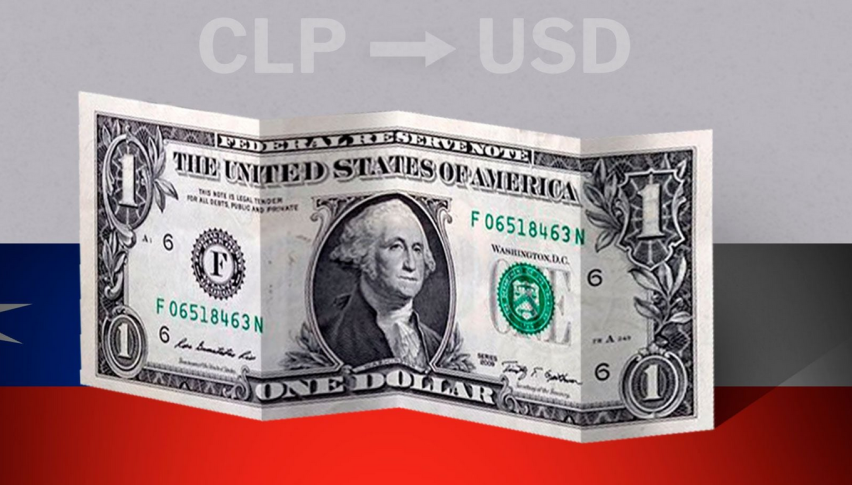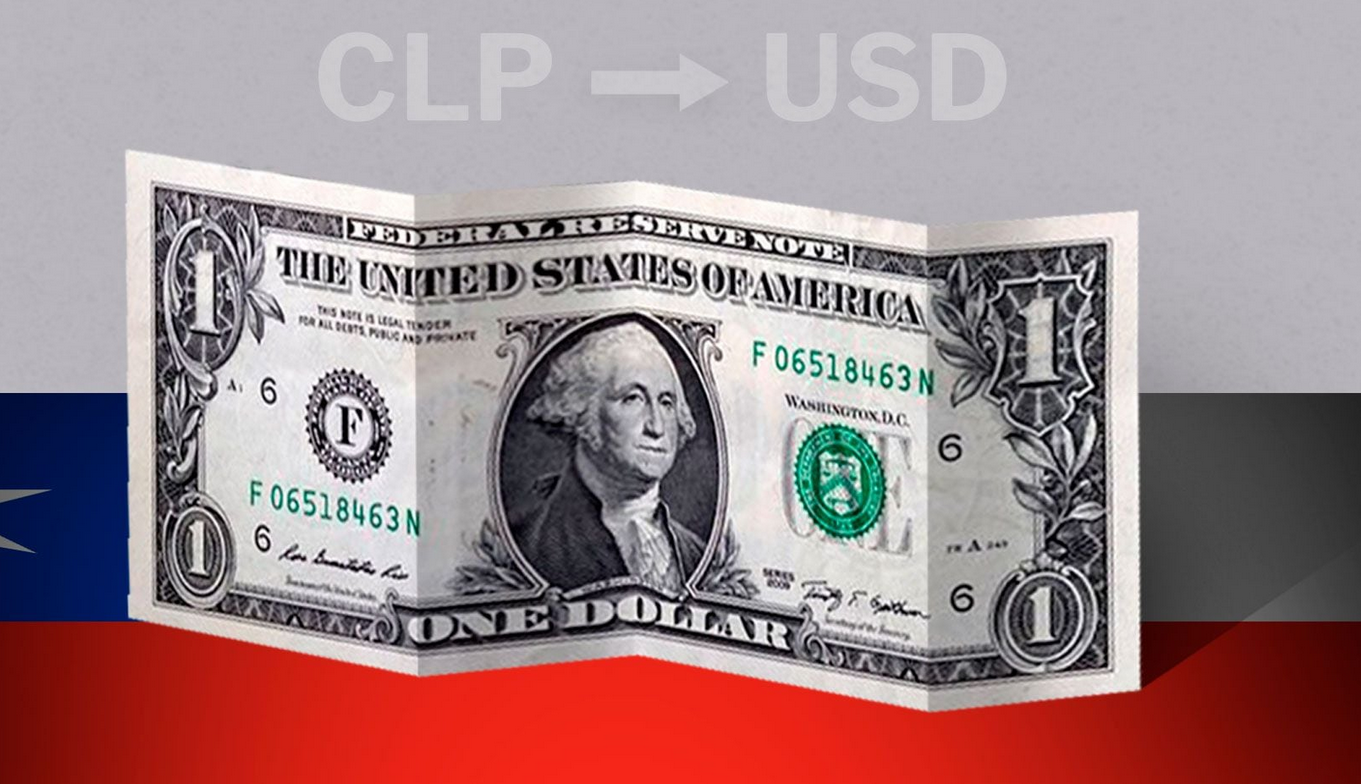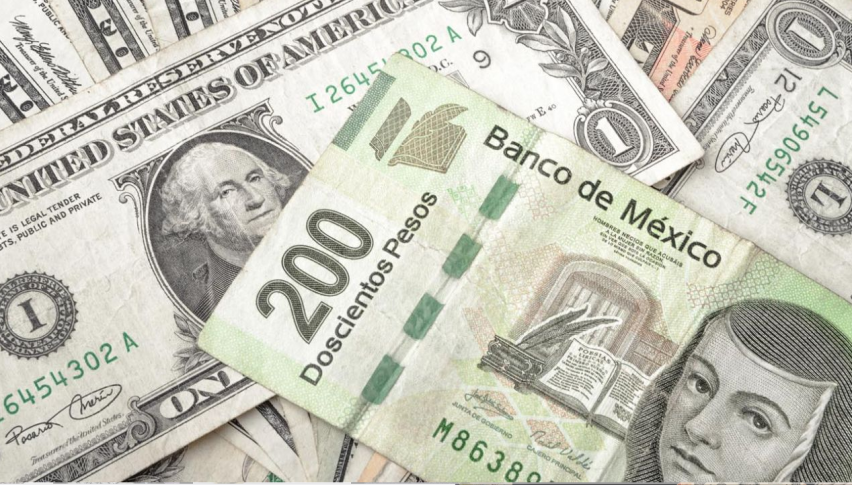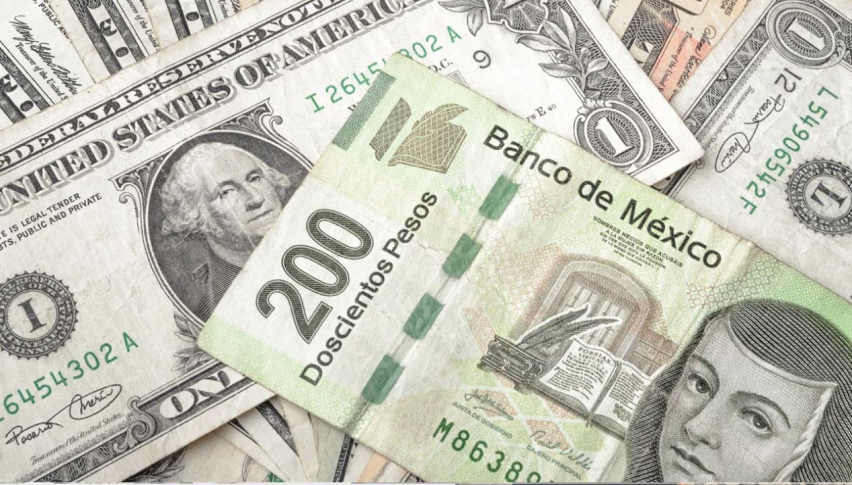Chile: The dollar closes with a new rise above $985 and approaches highs.
For three consecutive days, the dollar has been recovering in Chile, nearing its high prices from February.

The net foreign position against the Chilean peso amounts to US$8 billion, driven by expected interest rate differentials with countries like the United States.

For three consecutive days, the dollar has been recovering in Chile, nearing its high prices from February. This Wednesday, the currency surpassed the $985 mark as bets against the Chilean peso continue to rise, driven by expected interest rate differentials between Chile and mainly the United States.
According to Bloomberg’s data, the exchange rate increased by $4.73 to $985.71 at the close of the Chilean market, marking three consecutive sessions of gains and once again approaching its highest levels in almost 17 months, coming close to matching the $989.43 reached on February 26th.
The exchange rate rose despite the dollar index – which compares the dollar to six other global currencies – falling by 0.49% to 103.29 points, and Comex copper, the main export of Chile, climbing by 0.71% to $3.87 per pound. The Chilean peso was the weakest emerging currency of the session.
Over US$8 billion in foreign capital is betting on the depreciation of the peso in the foreign exchange derivatives market (primarily forwards), according to data from the Central Bank at the close of Monday. This indicates that the net position against the local currency is at its highest levels of the year.
On Wednesday, Federal Reserve Chairman Jerome Powell reiterated that he expects to lower the official rate this year but cautioned that there is no rush to begin easing. Market rates in the US reacted downward towards longer terms, also incorporating employment data that surprised to the downside and issues with a regional bank, NYCB.
After a year without economic growth, Chile could experience a rebound in 2024 and 2025, according to forecasts from the Organization for Economic Cooperation and Development (OECD).
It anticipates that the outlook will improve due to the rise in real wages resulting from declining inflation and falling interest rates, allowing Chileans to enhance their consumption.


